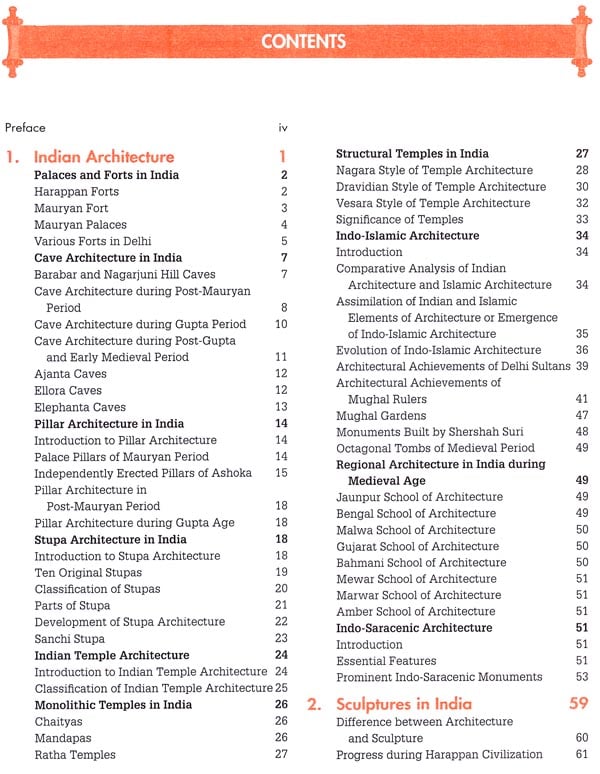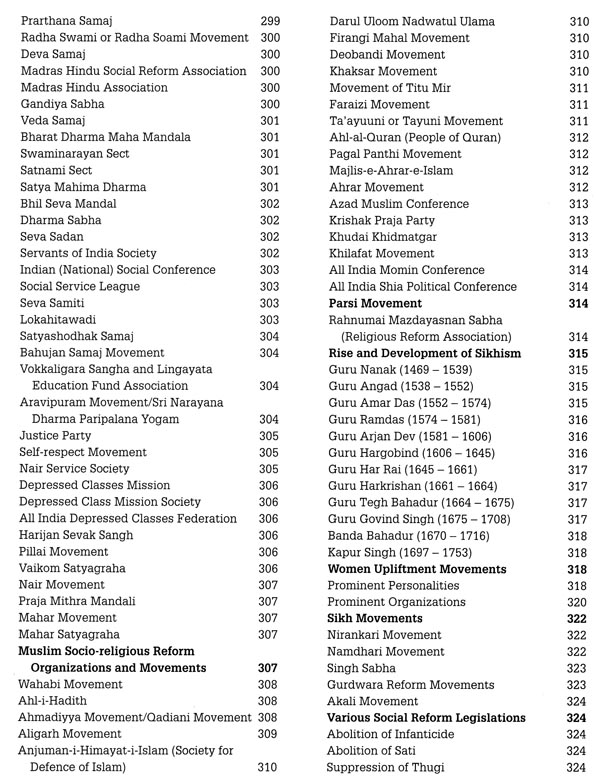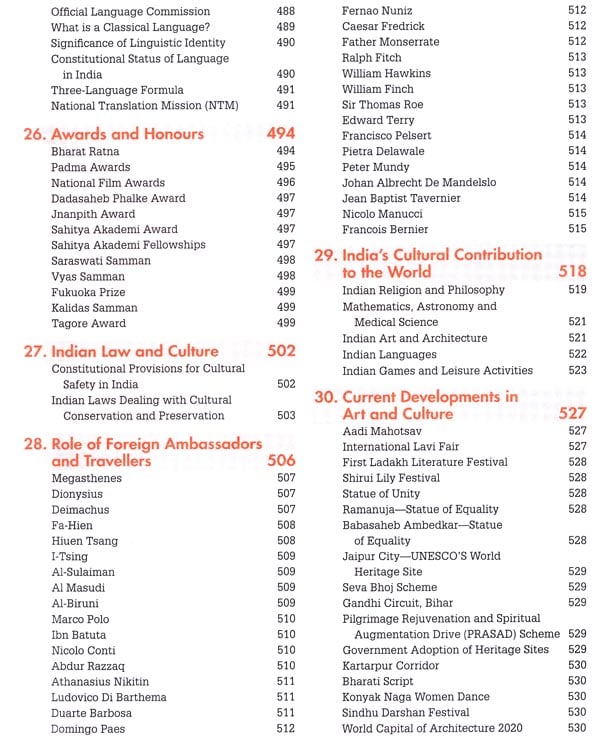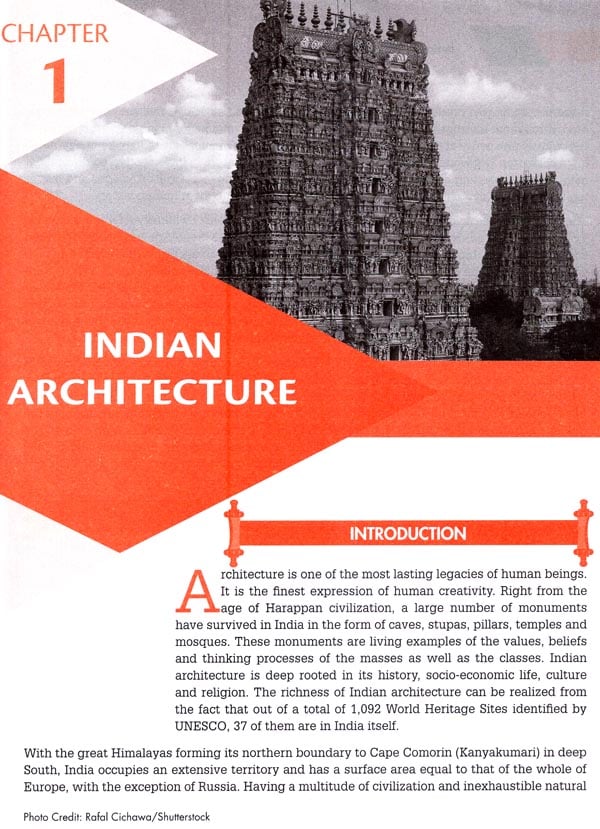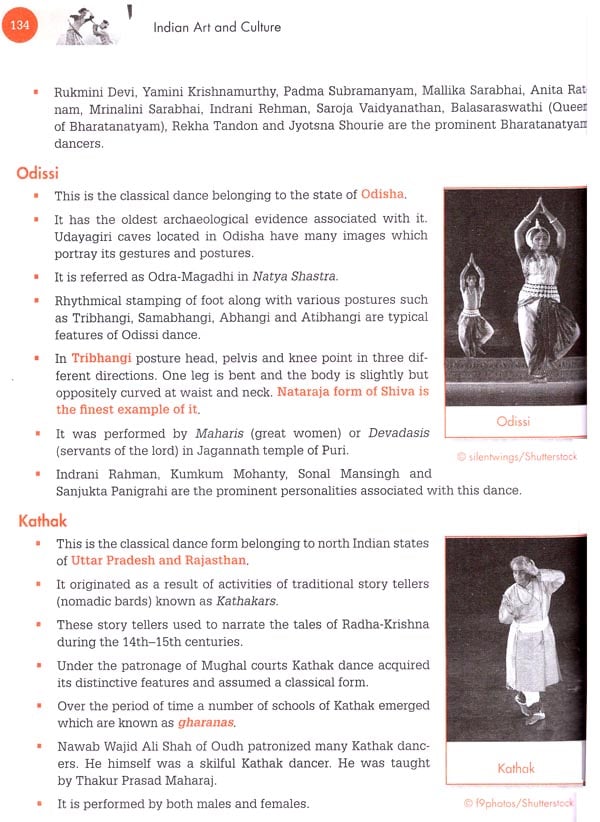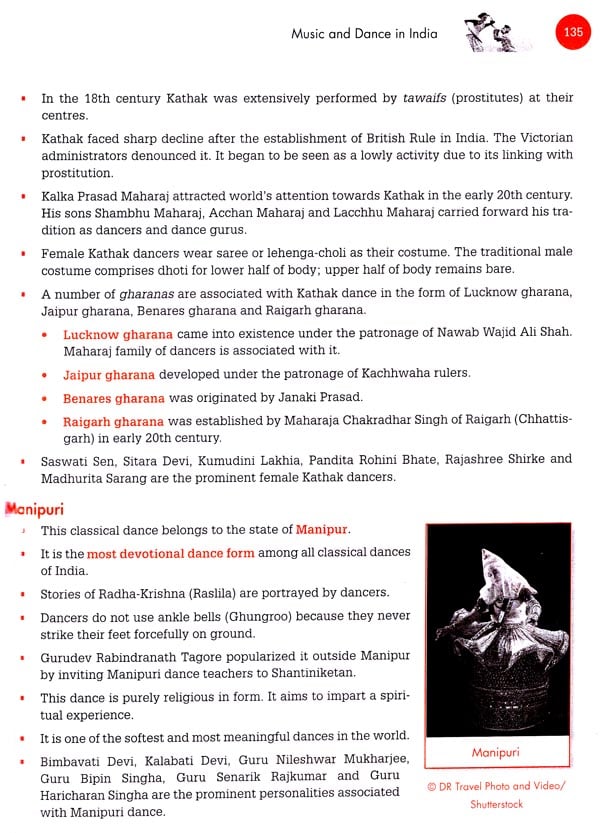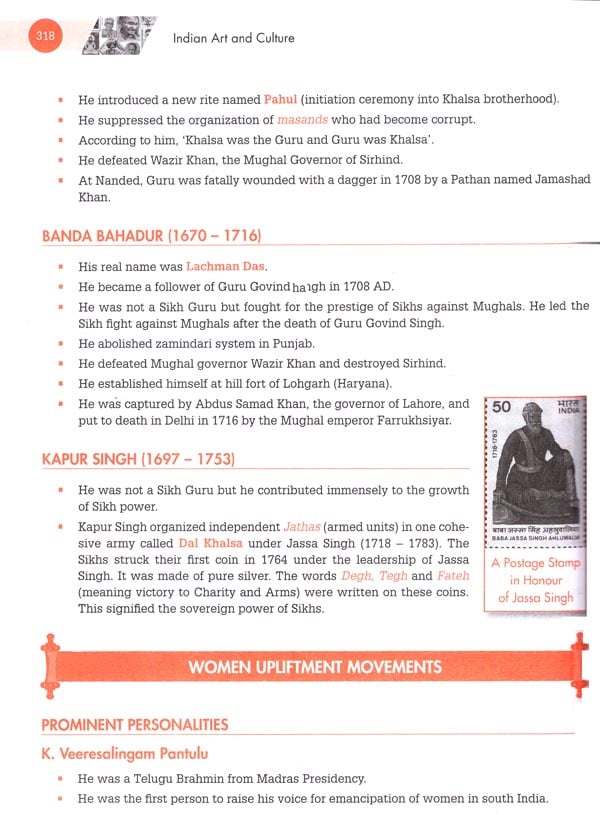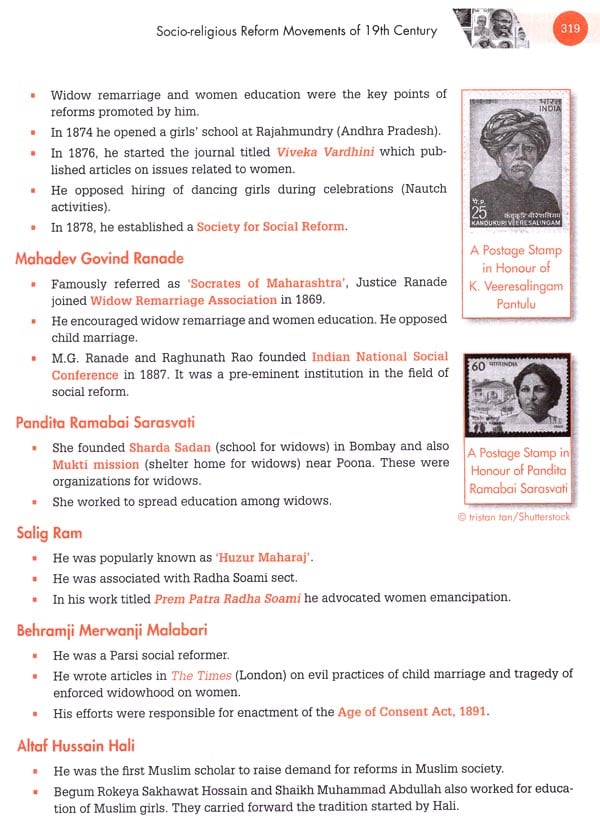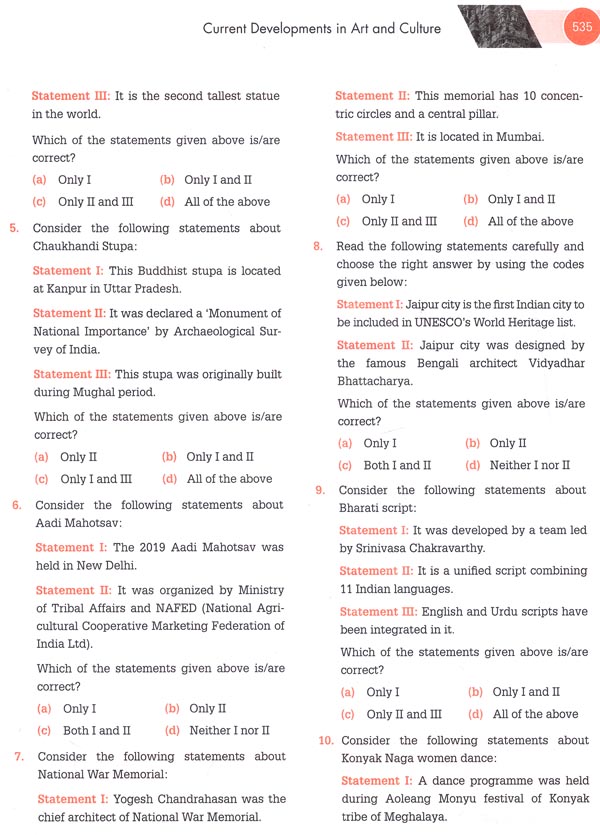
A Compendium of Indian Art and Culture- For Civil Services and Other Competitive Examinations
Book Specification
| Item Code: | NAZ494 |
| Author: | S. Baliyan |
| Publisher: | Oxford University Press |
| Language: | English |
| Edition: | 2020 |
| ISBN: | 9780199496587 |
| Pages: | 538 (Throughout B/W Illustrations) |
| Cover: | PAPERBACK |
| Other Details | 9.50 X 7.00 inch |
| Weight | 750 gm |
Book Description
While most ancient civilizations such as the Greco-Roman and the Egyptian civilizations have largely vanished from the scene without leaving any trace, the Indian civilization has survived all internal and external challenges over the ages. This spirit of survival and continuity inspired me to carry out extensive research on Indian art and culture. This book is the crux of my knowledge acquired over a period of the last 15 years of my research and teaching in this area.
The book Indian Art and Culture endeavours to cover each and every dimension of Indian heritage, art and culture so that civil service aspirants do not have to go through any other book or source material while preparing for their competitive examinations. Efforts have been made in this book to cover topics in such a way that not only the requirements of UPSC and PSC examinations can be fulfilled as also those of other competitive examinations.
Spanning over 30 chapters, the book covers all important aspects of Indian art and culture, such as architecture, sculptures, paintings, coins, music, drama, literature, religion and philosophy, cultural institutions and so on. An entire chapter is dedicated to UNESCO's World Heritage Sites in India. The book concludes with a chapter on current developments in the area. Every chapter has practice questions at the end to help students in revising and assessing their level of comfort and command over the topics.
In this endeavour of bringing out the book, I must thank Ms Shivani Grover and other members of the team at Insight IAS Academy, who provided me all kinds of help and support from beginning to end. I would also like to thank the editorial team at Oxford University Press India for their valuable inputs.
All efforts have been made to trace the copyright holders of the assets used in the book. Any omissions, purely unintentional, will be taken care of in future editions.
Book's Contents and Sample Pages
